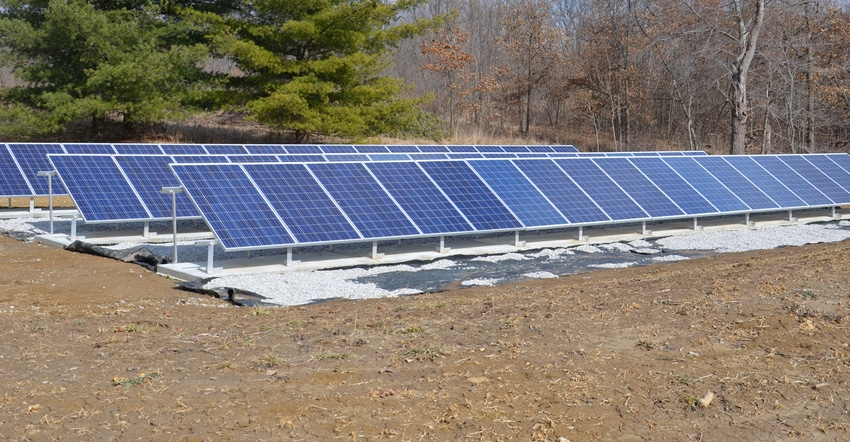March 3, 2017

When does winter officially end and spring begin? Why do weather forecasters tend to look at the changing of seasons differently? Let’s first take a long-lens view of this question.
Seasons can be defined in several ways. In relation to Earth’s orbit around the sun, seasons are defined by the sun’s position in relation to Earth, or simply by the date on the calendar.
Astronomically, winter ends at the spring equinox, when the sun is directly over the equator, and day and night are approximately equal in length in both the Northern and Southern hemispheres. The spring equinox falls on or around March 20 each year. This year it is March 20 at 6:29 a.m. EDT.
After this time, the tilt of the Earth makes the sun appear to move northward as days get longer in the Northern Hemisphere. It continues until the summer solstice in June, when the sun is overhead at its highest latitude of 23.4 degrees N, also called the Tropic of Cancer.
By this definition, the Northern Hemisphere winter lasts from the winter solstice, when the sun is in its southernmost position at the Tropic of Capricorn (23.4 degrees S) on Dec. 20-23, until the spring equinox on March 19-21, depending on the year.
A different view
Meteorologically, seasons have a much simpler definition. For the ease of forecasting, each season is simply three calendar months long. Summer lasts from June 1 to Aug. 31, fall is September through November, winter is December through February, and spring is March through May. By the meteorological definition, winter ends on the last day of February, regardless of leap year. This puts the start of meteorological spring nearly three weeks ahead of the astronomical season change.
Interestingly, actual weather conditions have no bearing on what season it is or how the seasons are defined. It can be 80 degrees F in January, and it is still winter. March, May, September and December are the transition months, and the issue becomes which calendar you are following.
On the solar cycle, these months belong mostly to winter, spring, summer and fall, but in the meteorological cycle, these months are a season ahead of the sun.
Eggert is employed by the Office of the Indiana State Climatologist. He writes from West Lafayette.
About the Author(s)
You May Also Like




